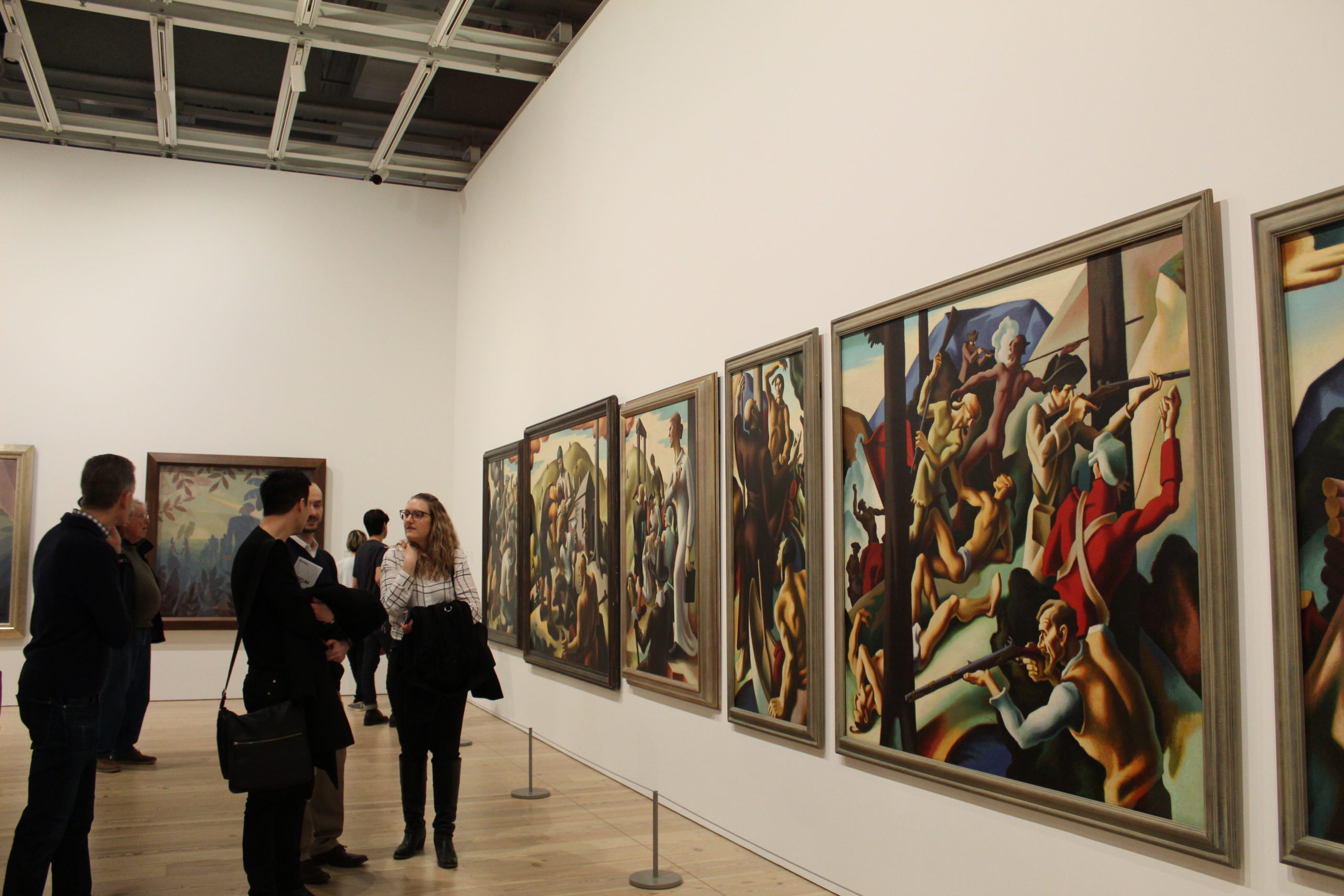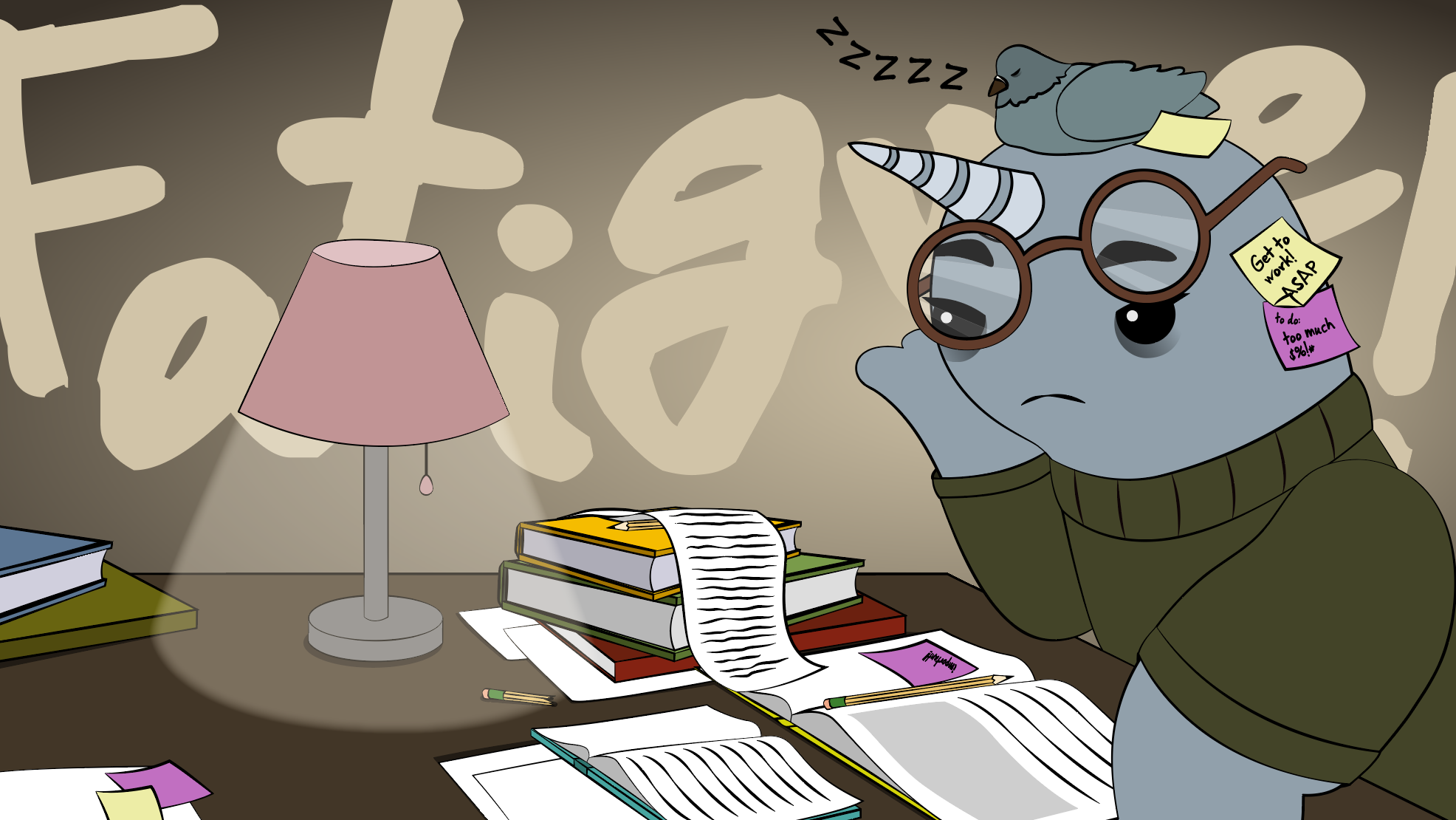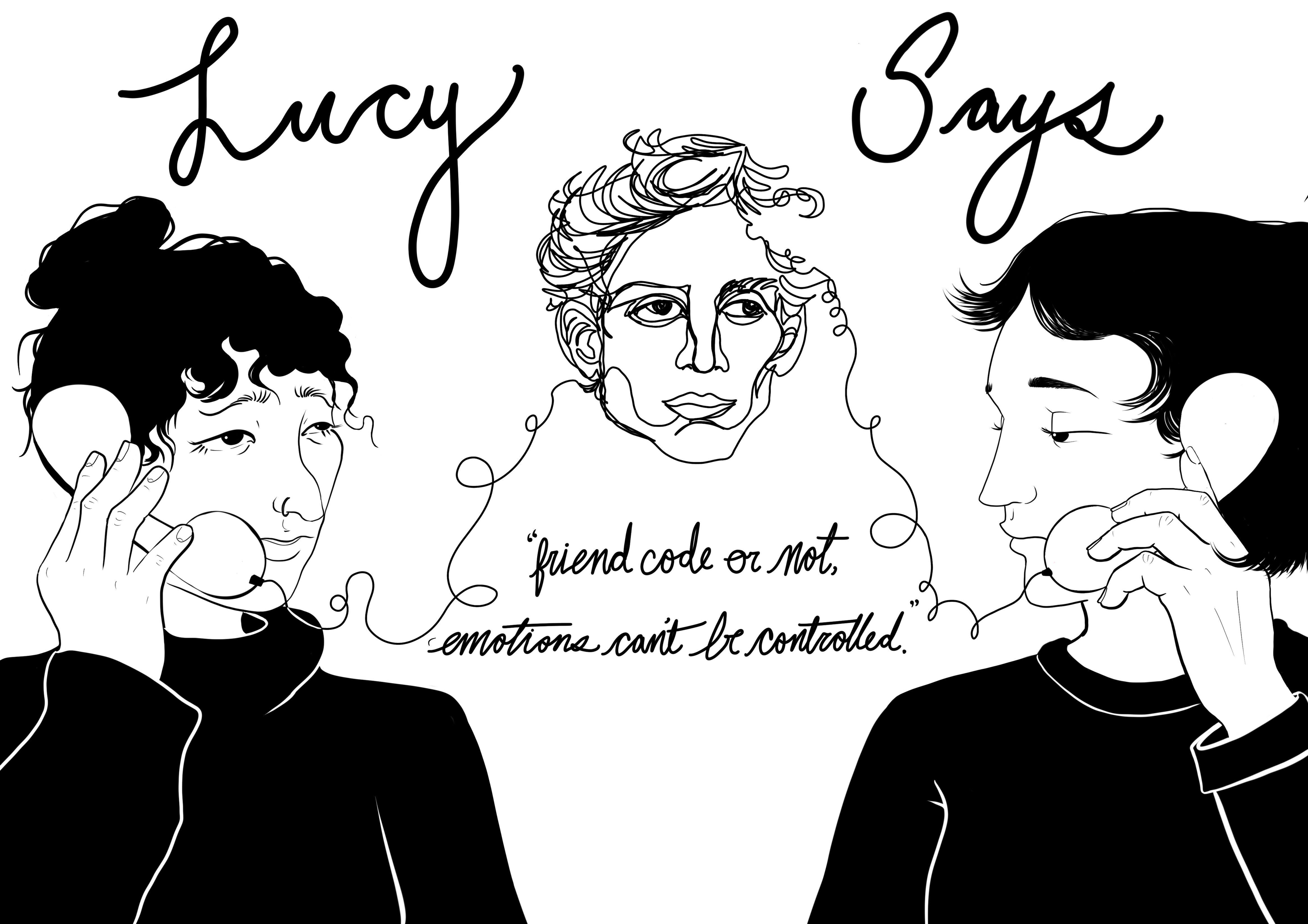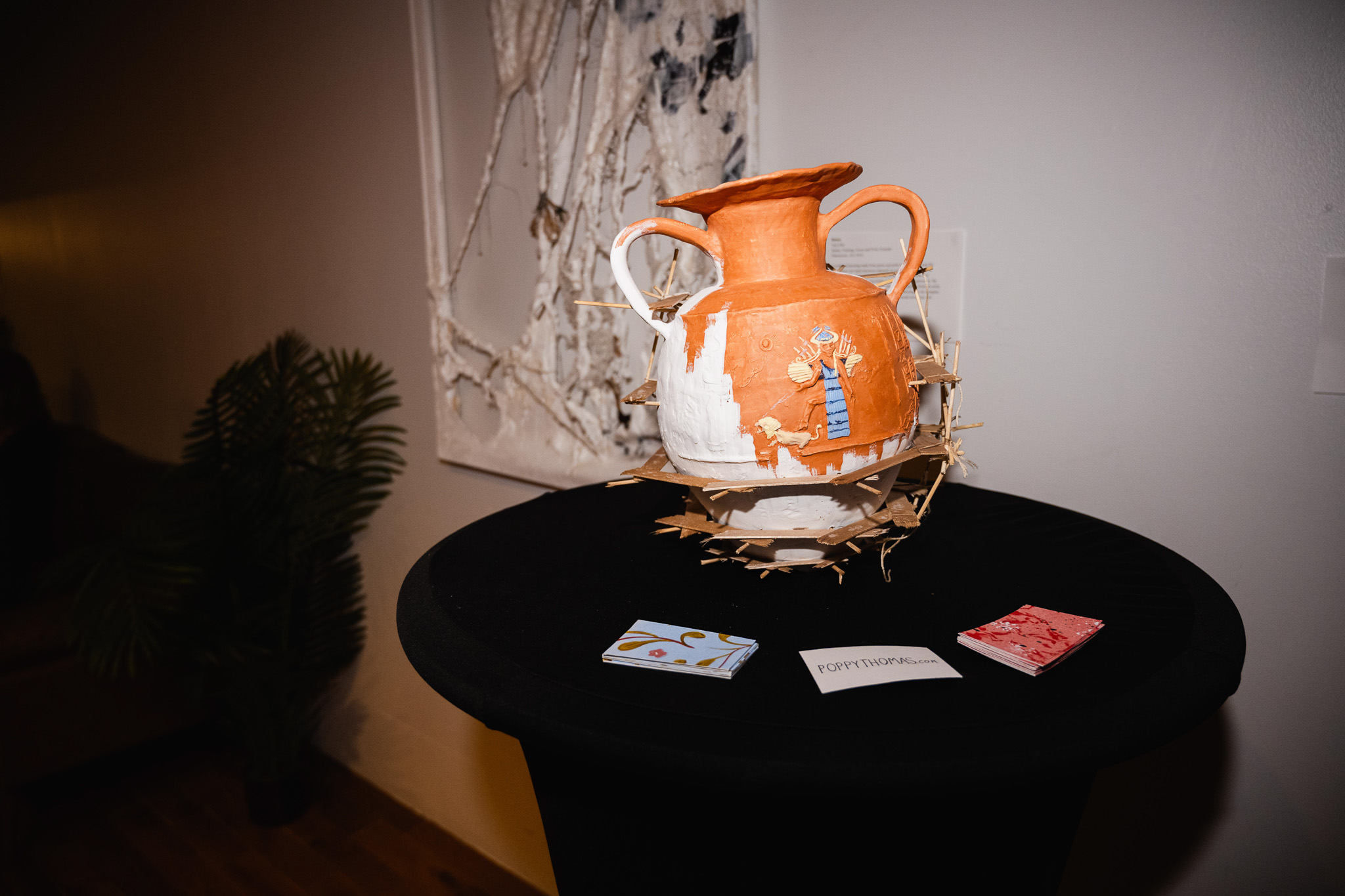The Whitney Museum of American Art is virtually presenting the exhibit “Vida Americana: Mexican Muralists Remake American Art” exclusively through their website as the museum is closed off to the public due to the COVID-19 outbreak. The exhibit was originally supposed to be open from February 17 to May 17. It is composed of around 200 pieces divided by Mexican artists and American artists who were influenced by them.
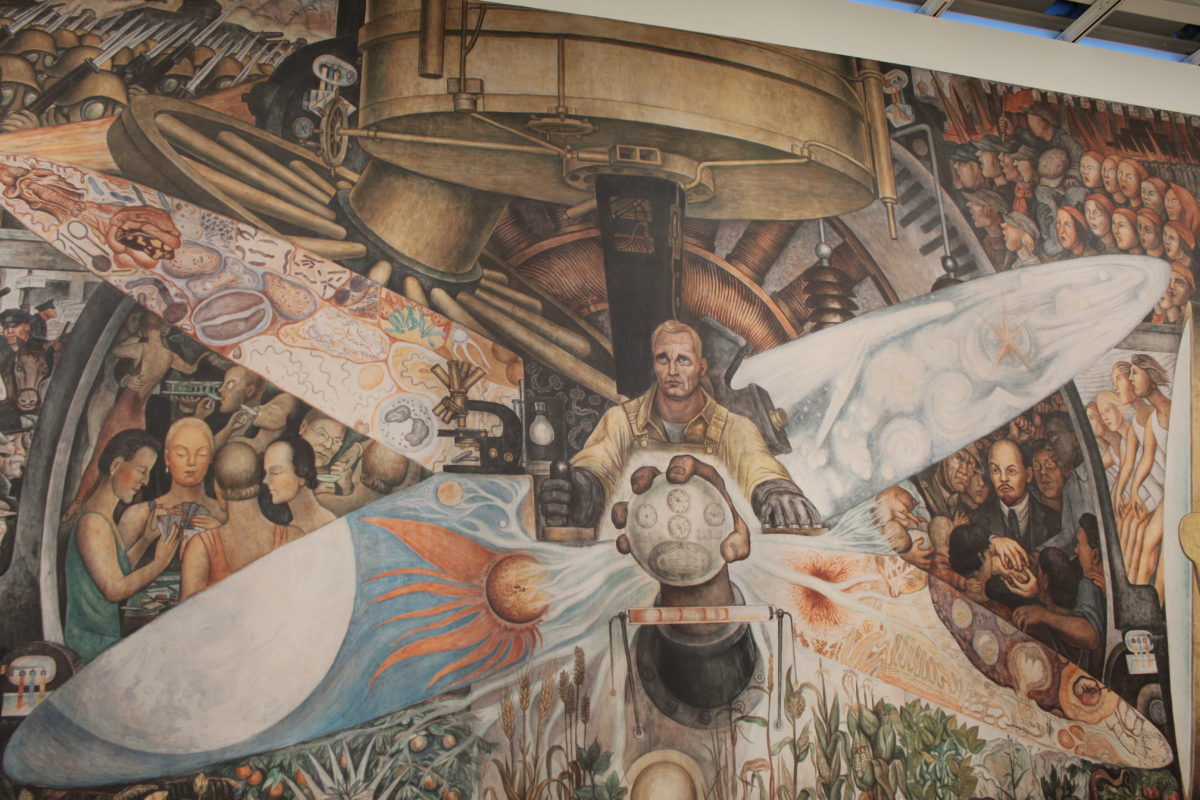
Work by Diego Rivera, José Clemente Orozco and David Alfaro Siqueiros, also known as The Big Three, is featured and sectioned to specify each of their individual influences, as well as how their styles influenced each other. The exhibit laid out the art of a Mexican artist and then the art of an American artist that was inspired by them. For example, Jackson Pollock’s 1938 art piece The Flame is presented in the section of the floor dedicated to Orozco besides other artists who had similar pieces.
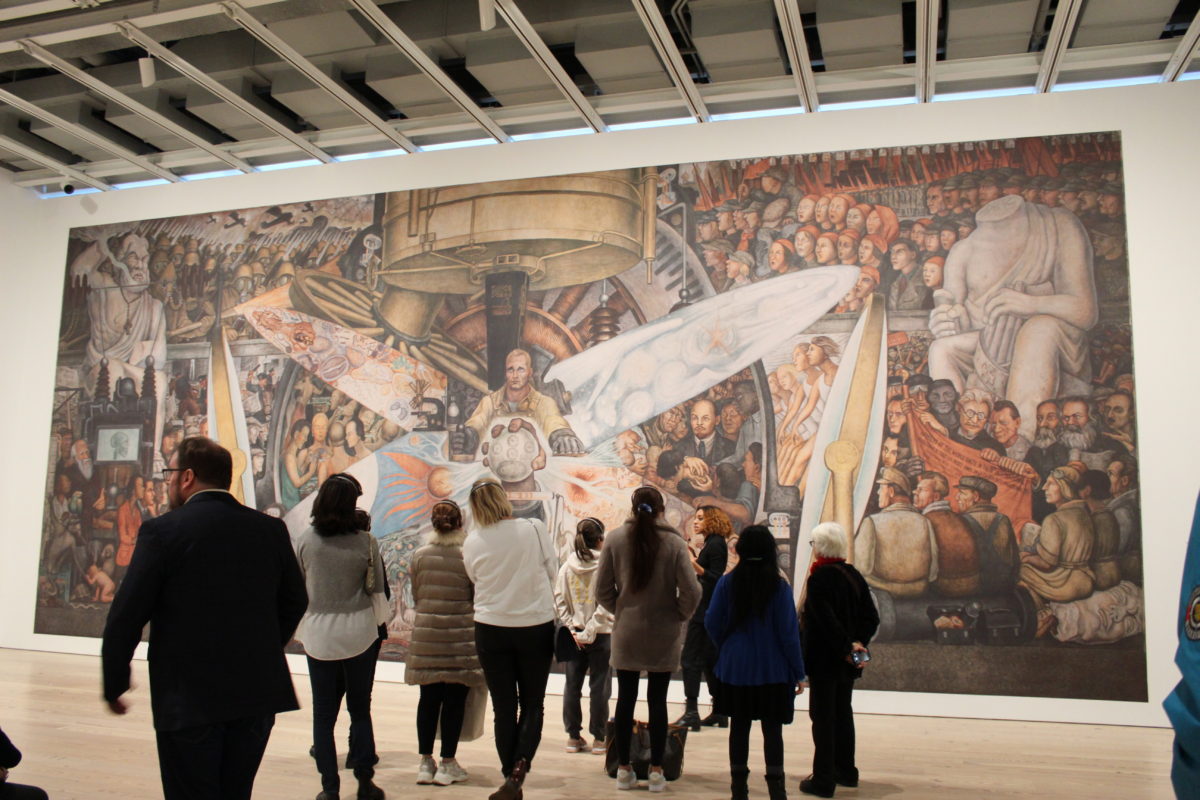
The Whitney “was the first museum dedicated to the work of living American artists” according to their official website which is why this is such an important moment for Mexican artists in the United States. However, the museum is no stranger to controversy, in the past, there have been irresponsible depictions of minority groups such as in the 2016 Biennial when Dana Schutz’ painting “Open Casket” was exhibited, it depicted “a medium-sized canvas depicting [Emmett] Till’s face and chest, as he lies in his coffin” according to Art Net News. Emmett Till was a 14-year-old black boy who was lynched in Mississippi in 1955, Schutz was critiqued as it is thought that she was exploiting the trauma of African Americans for profit as a white woman, and so was the museum for seeking out the painting to hang on the exhibit.
In 2019 the Whitney celebration of its Biennial exhibition was met with similar backlash. The exhibit was protested by activists in New York City as one of the former chairmen of the museum was exposed as the owner of a tear gas manufacturer. The teargas produced by that company has been used against protesters in radical movements around the world, including the Tijuana-San Diego border of the US and Mexico according to an investigation/art piece that was exhibited in the 2019 Whitney Biennial called “Triple-chaser” by Forensic Architecture.
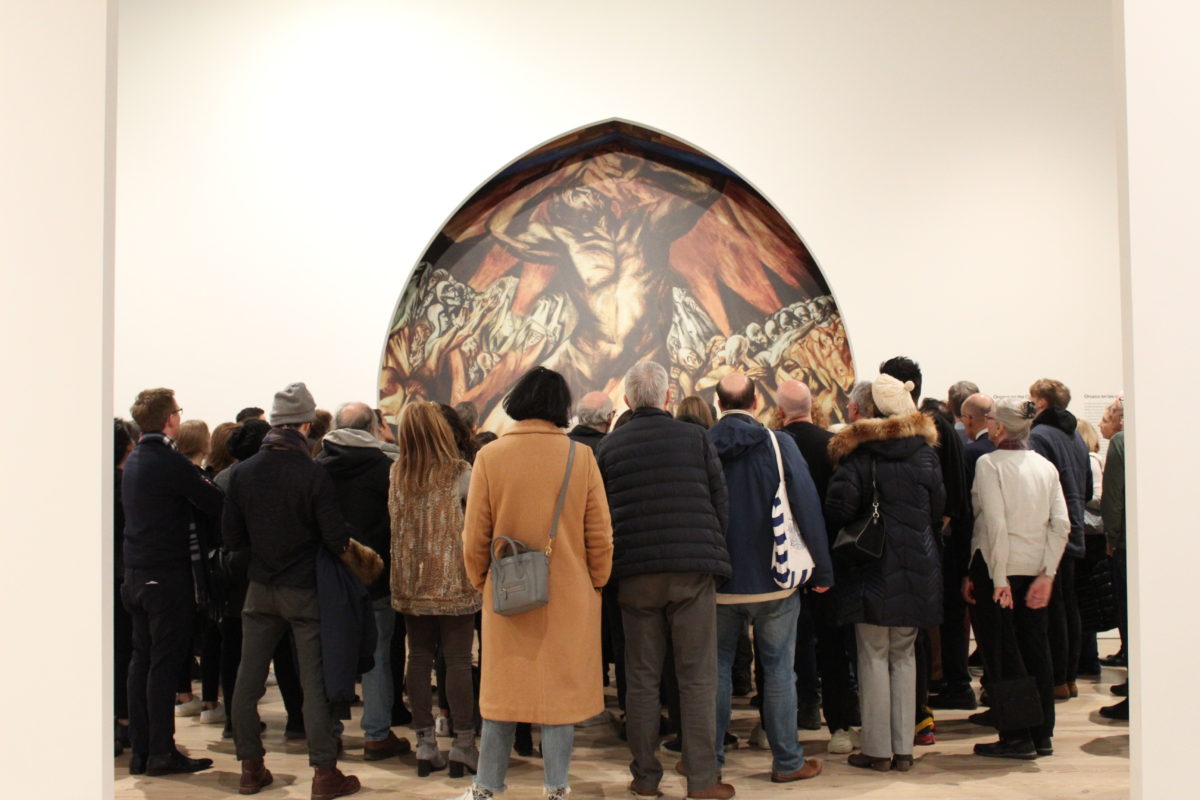
This exhibition holds art pieces by José Clemente Orozco, who also has an art installation in The New School, “Call to Revolution and Table of Universal Brotherhood.”

